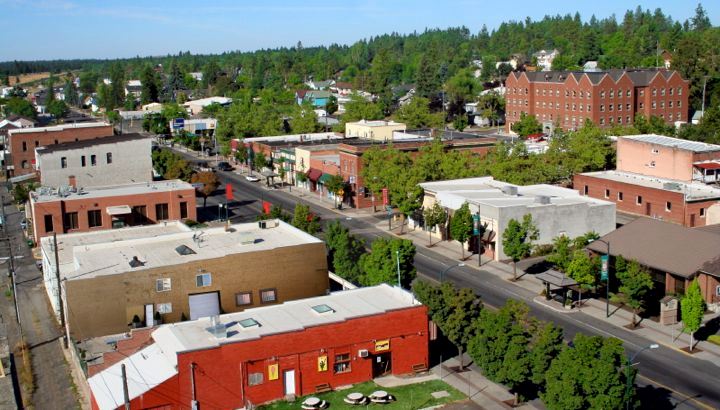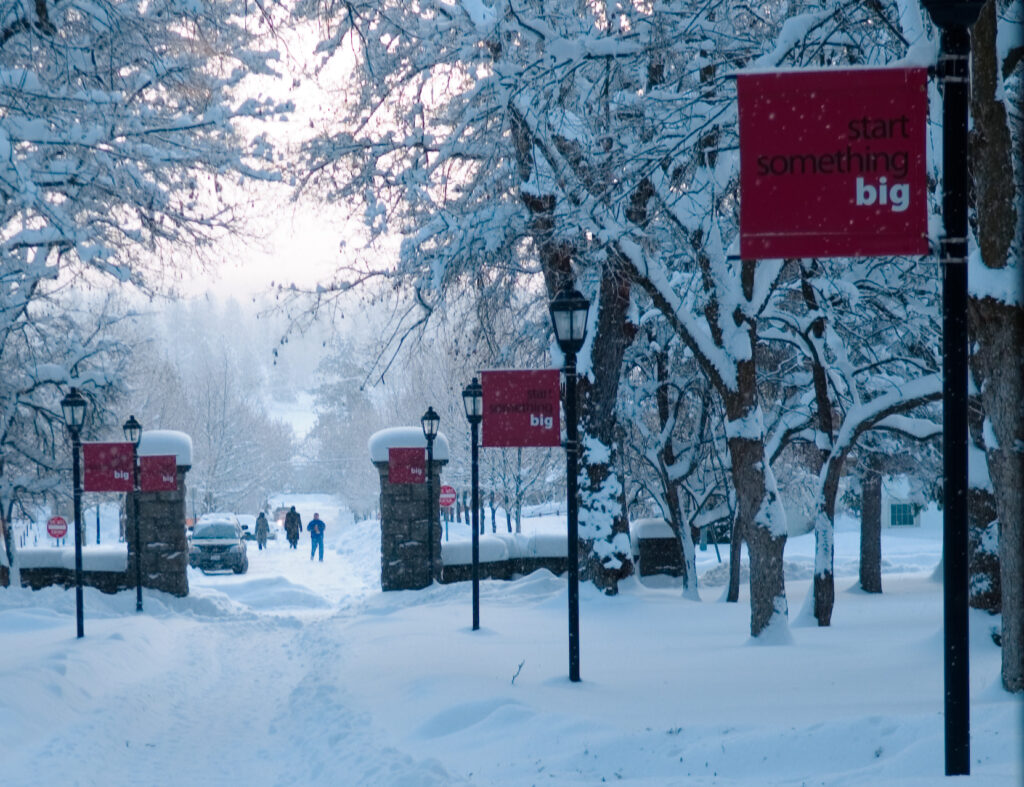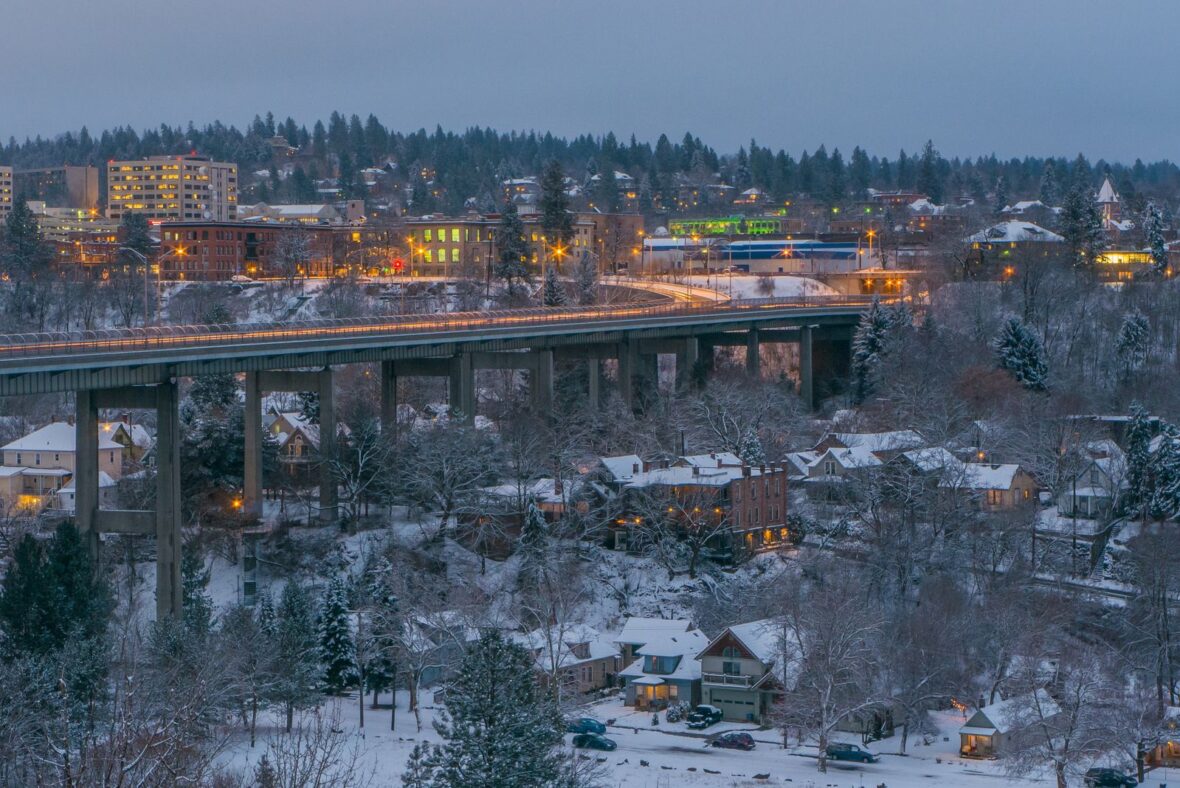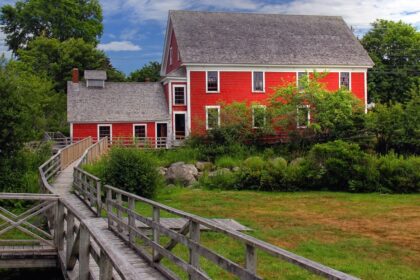Cheney is a city in Spokane County, Washington, United States. The full-time resident population was 10,590 as of 2010 census. Take a look below for 25 fun and amazing facts about Cheney, Washington, United States.
1. Eastern Washington University is located in Cheney.
2. When classes are in session at EWU, the city’s population reaches approximately 17,600 people on a temporary basis.
3. Named for Boston railroad tycoon Benjamin Pierce Cheney, Cheney was officially incorporated on November 28, 1883.
4. The City of Cheney is located in Spokane County and is home to 10,590 residents, according to the 2010 Census. Cheney is proud of its small town nature, which is enhanced by the diverse influence of Eastern Washington University, a public regional university with over 10,000 full-time students.
5. The Seattle Seahawks of the National Football League have held the majority of their summer training camps at EWU, from 1976–1985, and again from 1997 through the 2006 training camp.
6. Cheney developed into the city known today because of its strong ties to education, trail riding, and agriculture. This provided a strong economic base for the community and was the result of a much larger event that took place in the United States. In 1858, the last Native American defense occurred in Eastern Washington.
7. Because isolated Eastern Washington was an area of this Native American unrest during the early part of the territorial period, it was not until the late 1860s and early 1870s that settlers made homes in the area. In the latter part of that decade, settlers attracted by plentiful water and timber and the promise of a railway line made their homes near a group of springs bubbling through a willow copse from the bank where the Burlington Northern depot now stands.
8. The name of the community, originally Section Thirteen, became Willow Springs, then became Depot Springs, because of its ties to the railroad, then Billings, in honor of a president of the Northern Pacific Company, and finally Cheney, Washington in honor of Benjamin P. Cheney, a director of the Northern Pacific Railroad.
9. Benjamin P. Cheney was the eldest son of a blacksmith who was born in 1815 at Hillsborough, New Hampshire. At age 16, he started work as a stagecoach driver between Nashua and Keene. Five years later he had become a stage agent in Boston and soon organized an express between Boston and Montreal.
10. He later consolidated that stagecoach line with others to form the United States and Canada Express Company, which 37 years later he merged with American Express, at which time he became American Express’s largest shareholder.

11. The only time Cheney actually visited the town of Cheney was on September 18, 1883, following the “Last Spike Ceremony” which was the joining of the eastern and western divisions of the railroad. Cheney donated a few bucks to establish the Benjamin P. Cheney Academy in the town. The railroad donated 8 acres (32,000 m2) of land so that the educational facility could be built.
12. In 1880 the railroad was graded through the town, and in 1883 the town was incorporated with the streets laid out in the shape of a triangle with the base parallel to the tracks. The railroad tracks were not in a true east-west line, however, so the original town is askew with the map; the newer part of Cheney was built more to the compass.
13. After a series of boundary changes caused by legislative acts, Spokane County was created with a permanent county seat still to be selected. Contenders for the honor were Cheney and Spokane Falls (now Spokane).
14. Cheney received a majority of the votes, but because of alleged irregularities at the polls the election was won by Spokane Falls. When this was taken to court, a circuit court judge agreed to a ballot recount. Such recount failed to materialize, however, and the citizens of Cheney took matters into their own hands.
15. On a night when most of the residents of Spokane Falls were at a gala wedding celebration, a delegation of armed “Cheneyites” invaded the Auditor’s office and took possession of the books, did their own ballot recount which showed Cheney the victor, and made off into the darkness with the records. The “Grand Steal” was not contested and was confirmed by a court decision in 1881.
16. Cheney remained the county seat until 1886 when the faster-growing Spokane Falls again brought the issue to a vote and regained the seat. From this point on, the history of Cheney revolves around the growth of the State Normal School, later Eastern Washington College of Education, later Eastern Washington State College and finally Eastern Washington University. The fierce determination of Cheney to build and promote its college was largely to regain its lost prestige over the county seat.
17. When Washington became a state in 1889, Cheney was able to obtain legislation establishing one of the state normal schools, mandatory under the Enabling Act, in Cheney. Its most convincing argument was that it already had the physical beginnings of a normal school in the Benjamin P. Cheney Academy.
18. Disagreement between legislators and governors resulted in three appropriation vetoes for the normal school in the next 25 years, but in each case, the citizens of Cheney somehow raised the funds to keep the college going until the next legislative session.
19. The growth of the Cheney Normal School and the transformation of the frontier land into a thriving community were the basis for the changing attitudes in this area. The innovators who created the small community atmosphere were the women of the frontier. All of the energies that were once focused into making the west a home for their families were transformed into creating a vision of preferred lifestyle choices for the youth.
20. Once a booming railroad town and county seat, Cheney is a bedroom community to the city of Spokane. Many people who live in Cheney work and shop in Spokane, while over half of the student population at Eastern Washington University commutes to classes in Cheney daily. Cheney has its own distinctive economic characteristics, but its fortunes and growth are tightly linked to the greater economy of the Inland Northwest.

21. Eastern Washington University is the single largest employer in Cheney, followed by the Cheney School District and city government. In the private sector, healthcare dominates the employment base followed closely by farming and agriculture with the principal crops being dryland graincrops like wheat, barley and peas along with a substantial amount of hay production.
22. With Cheney located just 15 miles (24 km) southwest of Spokane, the city has seen some significant growth since the mid and late 1990s which continues today as the Spokane area continues growing. Much of the growth and development has taken place in the northern part of the city, where Interstate 90 enters Cheney. I-90 is the main thoroughfare between Cheney and Spokane. Over the years this area has seen the development of several new businesses and restaurants including a new shopping center with a Safeway supermarket, Pizza Hut, Starbucks coffee, and a credit union. Holiday Inn Express recently opened a new hotel in Cheney. The city has seen residential growth with the addition of several apartments and housing subdivisions.
23. Eastern Washington University is the fastest-growing university in the state of Washington and has seen several new buildings built or renovated on campus, upgrades to and beautification of the campus, a new residential hall built, and a renovation of the football stadium.
24. The following cost of living indices are based on a US average of 100. A component amount below 100 means Cheney has a lower cost than the US average. A component amount above 100 means Cheney has a higher cost.
25. The City of Cheney’s government operates under a strong mayor-council form of government. The Mayor is elected by the community at large every four years, and the City Council consists of seven members who are also elected to serve in four-year terms. The Mayor performs as the Chief Executive Officer, and the City Council performs the legislative functions.




